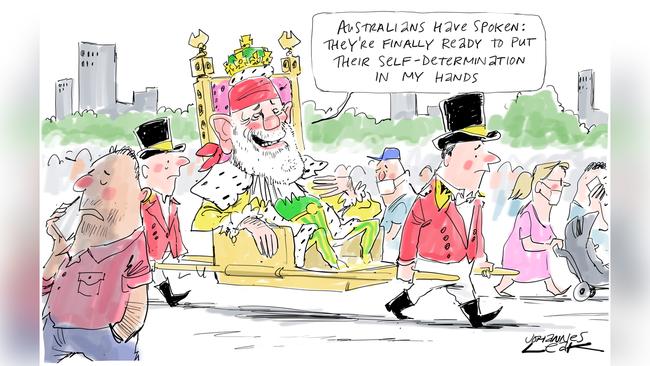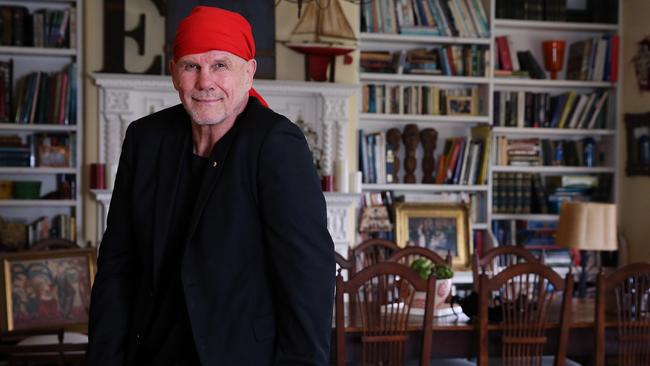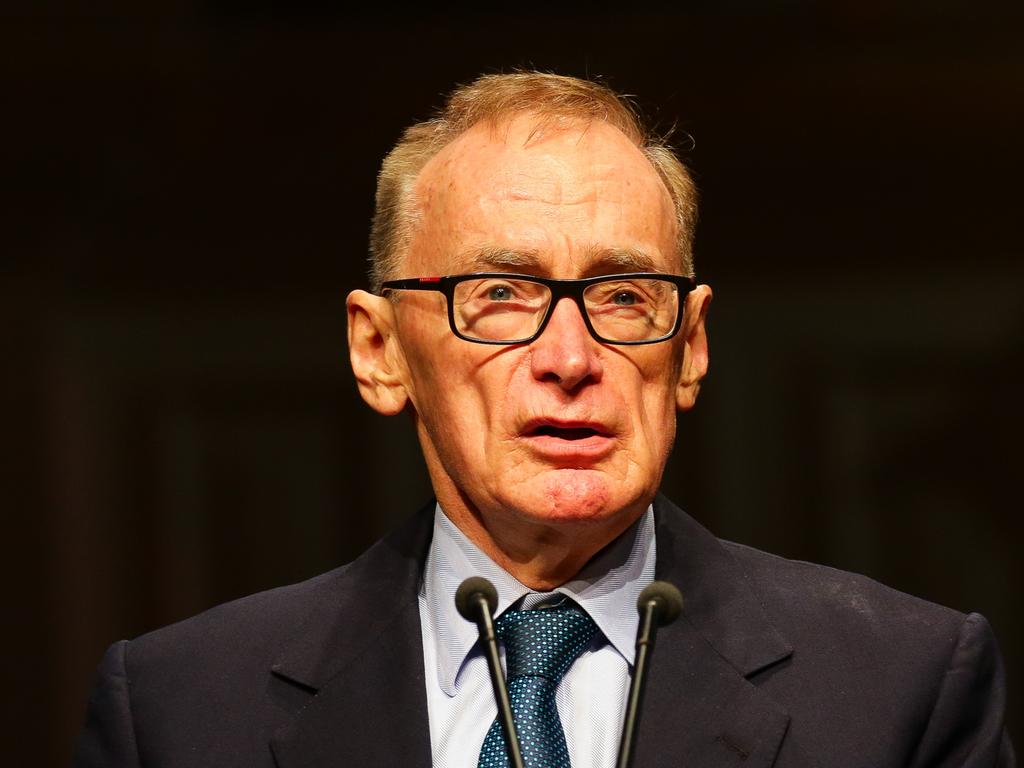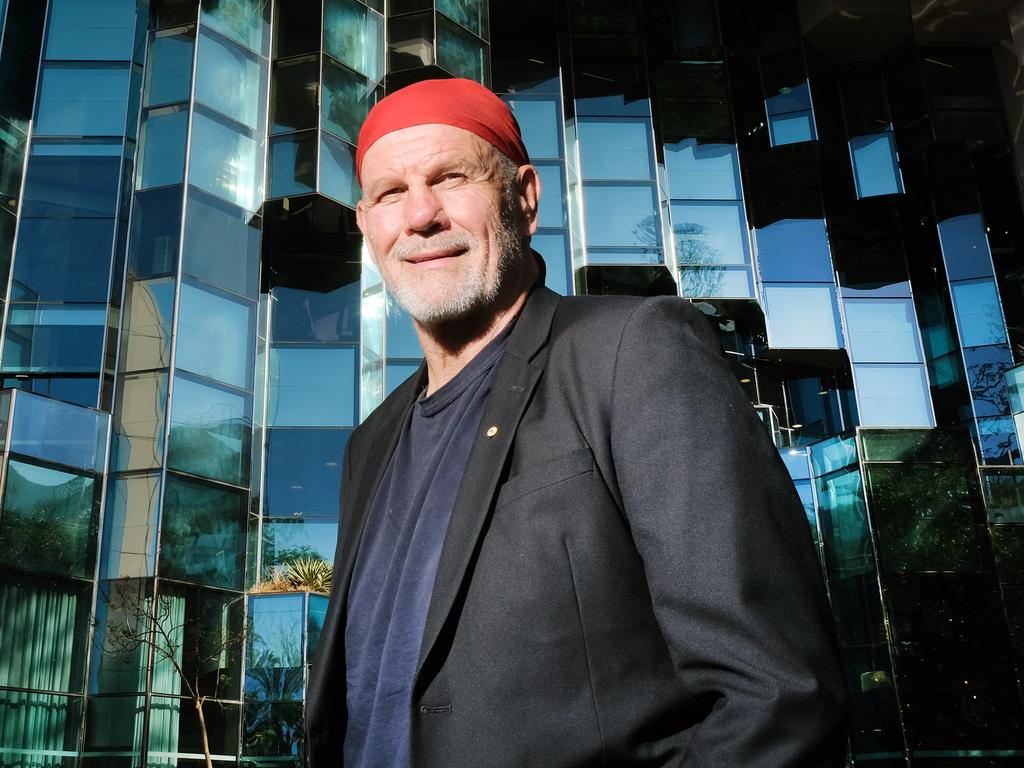New model of republic a ‘bad car’ set to crash

This is the achievement of Peter FitzSimons and his Australian Republic Movement. After years of cogitation, they have produced a model so incoherent, complex and downright wrong it makes Sydney’s traffic system look like a masterpiece in design.
The writing is on the wall as soon as you glance at their blueprint. Instead of reasoning, much of the document is pictures: a koala, Uluru, a kangaroo and beaches. This is not a constitutional document, but a sales brochure for a very bad car.
The most striking thing about the “model” is that it tries to please everyone, except monarchists, who are beyond the pale. It cumbersomely flirts with both constitutional conservatives and direct electionists. Neither will get into bed.
Take constitutional conservatives. They rightly detest popular election because it would produce a constitutionally divided nation. We would have both a head of state and a prime minister, each with a direct popular mandate. Profound conflict would not merely be likely, but inevitable – 1975 would not be a once-in-a-century event. It would be a regular item on the political menu.
The ARM is desperate to avoid this charge, so it denies its model provides for direct election. But ultimately it involves a popular election of between up to 11 candidates approved by a gaggle of state and commonwealth parliaments.
Which part of a popular vote is not direct election, and how would this not produce a head of state with a popular mandate?
The ARM baldly asserts its model would not produce a Shane Warne. But it probably would produce something worse. Any state parliament would be free – and likely – to propose an agreeable former politician or current activist. Julia Gillard, Campbell Newman and Tim Flannery could all be starters.

These types would come armed and ready for political conflict with their prime minister: and in an election, they would campaign on their agenda.
And who says we would not get Shane Warne? Victoria might decide having one of its own was worth the odd lurid headline. So there go all the constitutional conservatives, uneasily joining the monarchists in voting no.
Then there are the direct electionists. The model panders to them by granting a popular vote among up to 11 chosen candidates.
But why would someone seriously in favour of direct election endorse a model where candidates were pre-chosen by the very political elites they despise? Anyone for guided democracy?
So again, the FitzSimons model is half-pregnant, waiting to give birth to a monster. Just as conservatives will never accept popular election, no principled direct electionist would accept being told to choose only among a pre-approved First XI of candidates.
There goes the radical wing of republicans.
All this happens before you get into the guts of the model, as unpalatable as undercooked tripe.
Those writing the proposal fail to understand you cannot codify the reserve powers. They are not a set of simple rules, but a constitutional psychology. Trying to codify them would be like trying to codify a rave party.
So, the ARM model proposes vast, uninformed changes, without even realising they would provoke dissension, rage and hissy fits.
For example, the model makes no allowance for the head of state to force an election in the case of the Senate blocking supply. You may not like what Sir John Kerr did in 1975, but what happens when the money runs out, and public servants cannot be paid?
Under the ARM, model, you have to go to a double dissolution, which practically would take months. Departmental secretaries would starve in the streets.
Then there is the thorny question of what happens if the prime minister – backed by parliament – determines to follow a course that is objectively unconstitutional and illegal. One view of the reserve powers is that the GG can refuse to co-operate, and even sack the PM.
Under the ARM model, the governor-general simply would be required to sign and – quite literally – be damned.
The unnerving thing about all this is not that the ARM has got it hopelessly wrong, but that it does not even seem to be aware of the issues. As time goes on, many more worms will wriggle out.
The ARM also has no understanding of referendum politics. The Australian electorate is constitutionally conservative. Knowing they have a good constitutional hand, they are inclined to sit on it.
Every radical proposal is a millstone. Every ounce of complexity is a nightmare.
This proposal is full of constitutional mines just waiting to explode, from direct election to Senate powers. In terms of complexity, reading it is like tackling Tolstoy in Hungarian.
The ARM makes much of self-commissioned polling that – unconvincingly – proves the model would win at a referendum. This is structurally implausible, if every identifiable constitutional group will be viscerally opposed.
Nor is one reassured by the statement the ARM consulted with “members” and “registered supporters”, as well as conducting “representative national polling”. God knows what the question was.
But look at the ARM’s own figures, however dodgy they may be. A bare 57 per cent of the electorate would be committed to voting for the model. Referendum support inevitably goes down as a model’s flaws are exposed. This one is already doomed.
There is one further embarrassing fact for the woke progressives – many dear friends – who designed this shambles. Surely, if there is one referendum that should be first in the queue, it is Indigenous recognition. But no, the blackfellas will have to wait while we argue indulgently over a head of state.
The paper makes a cursory reference to amending the preamble, but Indigenous people do not want constitutional axes and beads. They want a real voice.
Peter FitzSimons is one of the most self-conscious progressives in Australia. On this point alone, he should hang his bandana in shame.
Emeritus Professor Greg Craven is a constitutional lawyer and former vice-chancellor of the Australian Catholic University.







It is a herculean task to devise a republican model that would pass a referendum. But it is even more challenging to devise a model that just about every Australian would reject.